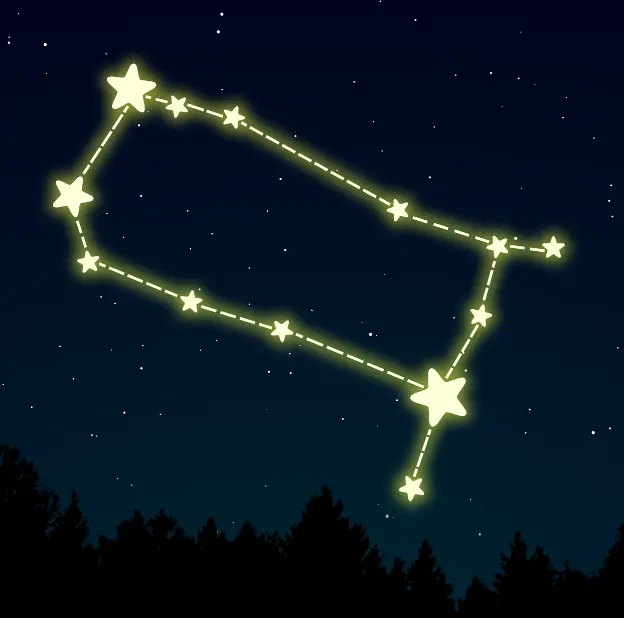Introduction
The night sky has long held a special allure for people because it presents a picture-perfect canvas of twinkling stars and mesmerizing celestial formations. One of these wondrous sights is the fabled constellation of Pegasus, which depicts a winged horse in the sky and has been a source of creative motivation for generations. In this piece, we will go on an exploration of the constellation Pegasus, dissecting its illustrious past, remarkable features, and the tales it has weaved into the tapestry of human mythology.
The Ancient Legends Behind It All
Pegasus was a magnificent winged horse that appeared in Greek mythology. According to the tale, Pegasus was created from the blood of Medusa when she was beheaded and the foam from the ocean. The courageous Bellerophon was the one who tamed the powerful horse and rode it while he went on his mission to defeat the terrifying Chimera. After he had completed his mission, Bellerophon attempted to ride Pegasus all the way to Mount Olympus, the home of the gods, but he was ultimately forced to return to Earth. Pegasus, on the other hand, rose to such heights that he eventually became a constellation.
The localization of Pegasus
Pegasus is one of the most prominent constellations in the northern sky, occupying a space that is approximately 1,121 square degrees in total. It is located between the constellations Andromeda and Cygnus and may be seen from the Northern Hemisphere from the end of summer into October. Its recognizable form is made up of four primary stars that come together to form a square, which is referred to as the “Great Square of Pegasus.” The body of the winged horse is outlined by these stars, which are known as Markab, Algenib, Scheat, and Alpheratz.
Notable Characteristics
- The Great Square of Pegasus, which includes: One of the most notable aspects of the constellation is the Great Square. In spite of the fact that it does not quite look like a square, it is simple to recognize and can be utilized as a direction marker when searching for Pegasus.
- Enif is the most prominent star in the constellation Pegasus and may be found at the end of the horse’s nose. The orange supergiant known as Enif gets its name from the Arabic word for “nose.” It is located approximately 670 light-years from Earth.
- Messier 15: The interesting globular cluster known as Messier 15 can also be found in the constellation Pegasus. This cluster of stars is located approximately 33,000 light-years away, and it is made up of hundreds of thousands of stars that are locked together by gravity. It is one of the globular clusters in our galaxy that is known to be the oldest.
Mythological Ties and Their Origins
In addition to its connection with the legendary horse, the winged creature known as Pegasus has also appeared in a number of other cultural myths and symbols. Many people believe that the constellation is associated with independence, inventiveness, and imagination. Pegasus is a metaphor for mankind’s limitless potential and aspirations, and signifies the human aspiration to soar above the confines of earth and seek for the stars.
Pegasus is a figure that has appeared in a great number of works of poetry, literature, and film throughout the history of popular culture. Its representation is commonly employed as a symbol of grace, beauty, and power, and it serves as a reminder of the ever-present influence that ancient stories have had on our contemporary imagination.
Conclusion
When we look up at the night sky, our thoughts often wander to the astronomical phenomena that have played a significant role in the development of human society and provided the impetus for some of our most beloved tales. The constellation Pegasus is a living example of the enduring power of mythology and the insatiable yearning of humans to learn more about the world around them. Pegasus continues to captivate our collective imagination, whether we adore it for its mythological roots, its unusual shape in the night sky, or its metaphorical image of freedom and inspiration. In any case, Pegasus serves as a reminder of the tremendous mysteries that lie in wait for us in the cosmos.
![]()
